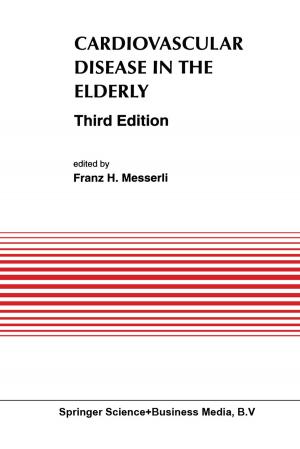Resources, Power, and Interregional Interaction
Nonfiction, Social & Cultural Studies, Social Science, Archaeology, History| Author: | ISBN: | 9781475764161 | |
| Publisher: | Springer US | Publication: | March 9, 2013 |
| Imprint: | Springer | Language: | English |
| Author: | |
| ISBN: | 9781475764161 |
| Publisher: | Springer US |
| Publication: | March 9, 2013 |
| Imprint: | Springer |
| Language: | English |
Archaeological research on interregional interaction processes has recently reasserted itself after a long hiatus following the eclipse of diffusion studies. This "rebirth" was marked not only by a sudden increase in publications that were focused on interac tion questions, but also by a diversity of perspectives on past contacts. To perdurable interests in warfare were added trade studies by the late 196Os. These viewpoints, in turn, were rapidly joined in the late 1970s by a wide range of intellectual schemes stimulated by developments in French Marxism (referred to in various ways; termed political ideology here) and sociology (Immanuel Wallerstein's world-systems model). Researchers ascribing to the aforementioned intellectual frameworks were united in their dissatisfaction with attempts to explain sociopolitical change that treated in dividual cultures or societies as isolated entities. Only by reconstructing the complex intersocietal networks in which polities were integrated-the natures of these ties, who mediated the connections, and the political, economic, and ideological significance of the goods and ideas that moved along them-could adequate ex planations of sociopolitical shifts be formulated. Archaeologists seemed to be re discovering in the late twentieth century the importance of interregional contacts in processes of sociopolitical change. The diversity of perspectives that resulted seemed to be symptomatic of both an uncertainty of how best to approach this topic and the importance archaeologists attributed to it.
Archaeological research on interregional interaction processes has recently reasserted itself after a long hiatus following the eclipse of diffusion studies. This "rebirth" was marked not only by a sudden increase in publications that were focused on interac tion questions, but also by a diversity of perspectives on past contacts. To perdurable interests in warfare were added trade studies by the late 196Os. These viewpoints, in turn, were rapidly joined in the late 1970s by a wide range of intellectual schemes stimulated by developments in French Marxism (referred to in various ways; termed political ideology here) and sociology (Immanuel Wallerstein's world-systems model). Researchers ascribing to the aforementioned intellectual frameworks were united in their dissatisfaction with attempts to explain sociopolitical change that treated in dividual cultures or societies as isolated entities. Only by reconstructing the complex intersocietal networks in which polities were integrated-the natures of these ties, who mediated the connections, and the political, economic, and ideological significance of the goods and ideas that moved along them-could adequate ex planations of sociopolitical shifts be formulated. Archaeologists seemed to be re discovering in the late twentieth century the importance of interregional contacts in processes of sociopolitical change. The diversity of perspectives that resulted seemed to be symptomatic of both an uncertainty of how best to approach this topic and the importance archaeologists attributed to it.















